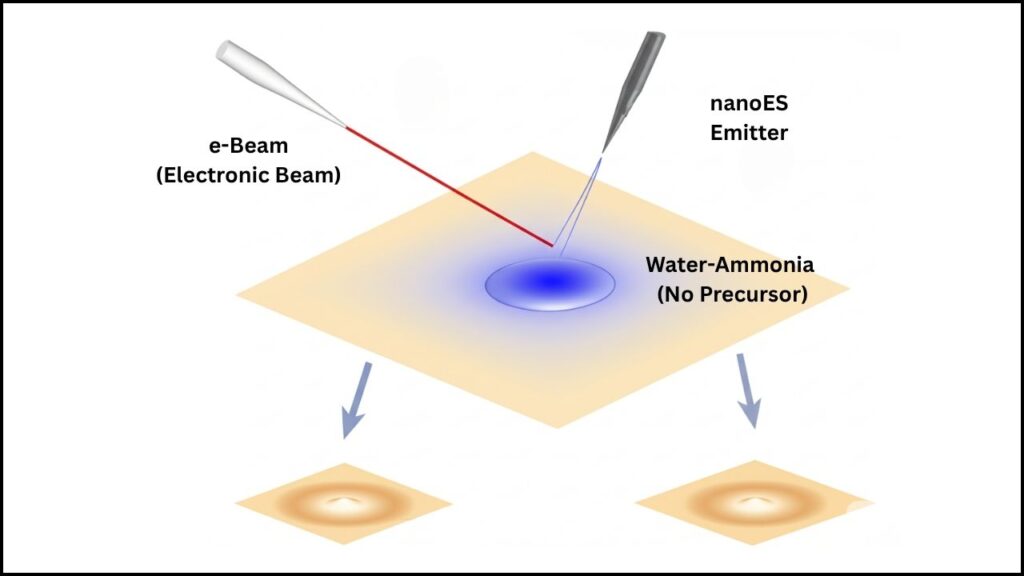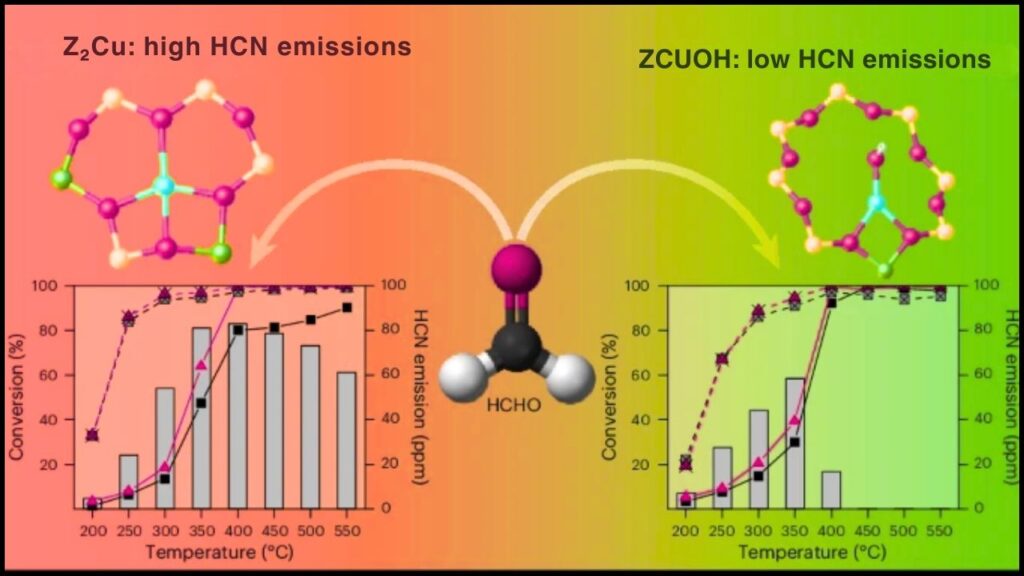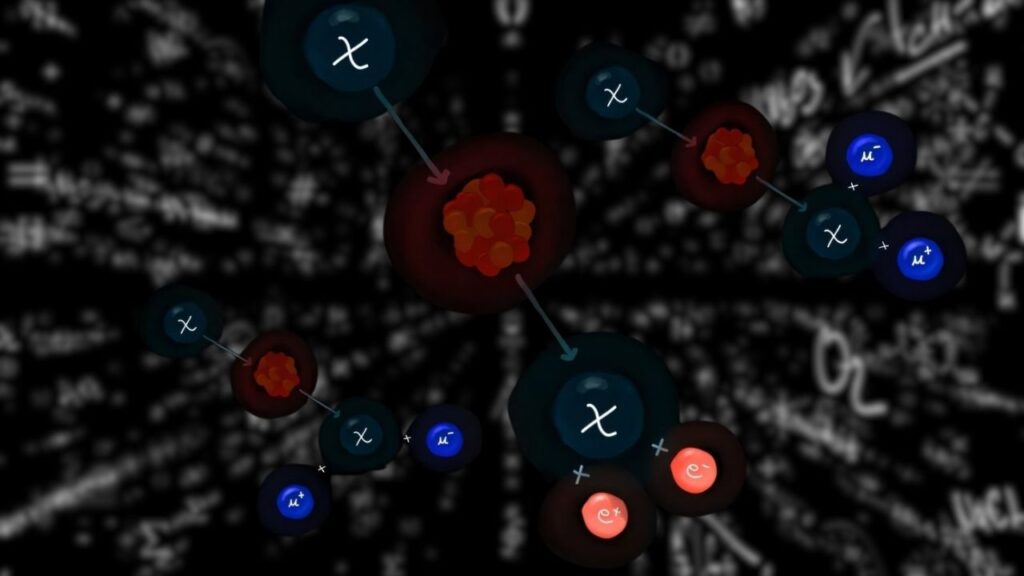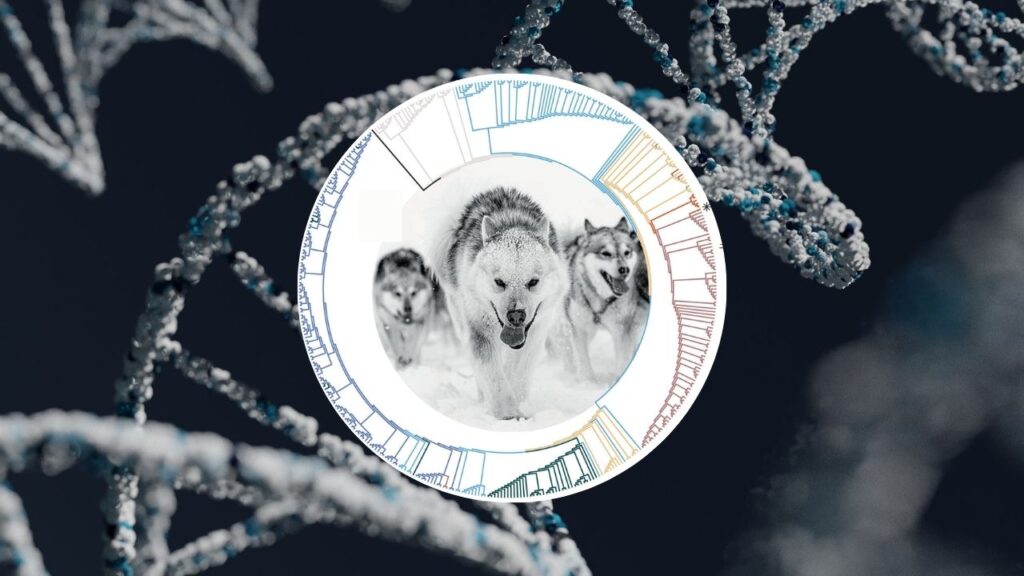Earth’s mantle—the massive, mostly solid layer beneath the planet’s crust—has long been seen as a quiet background player in the story of mineral formation. But new scientific evidence is rewriting that story, especially when it comes to tungsten, a metal critical to modern technology and industry. For decades, geologists believed that tungsten deposits formed exclusively within the Earth’s crust. Now, a wave of research reveals that the mantle is not just a passive layer, but a dynamic contributor to the creation of tungsten, challenging theories that have dominated geology textbooks for generations.
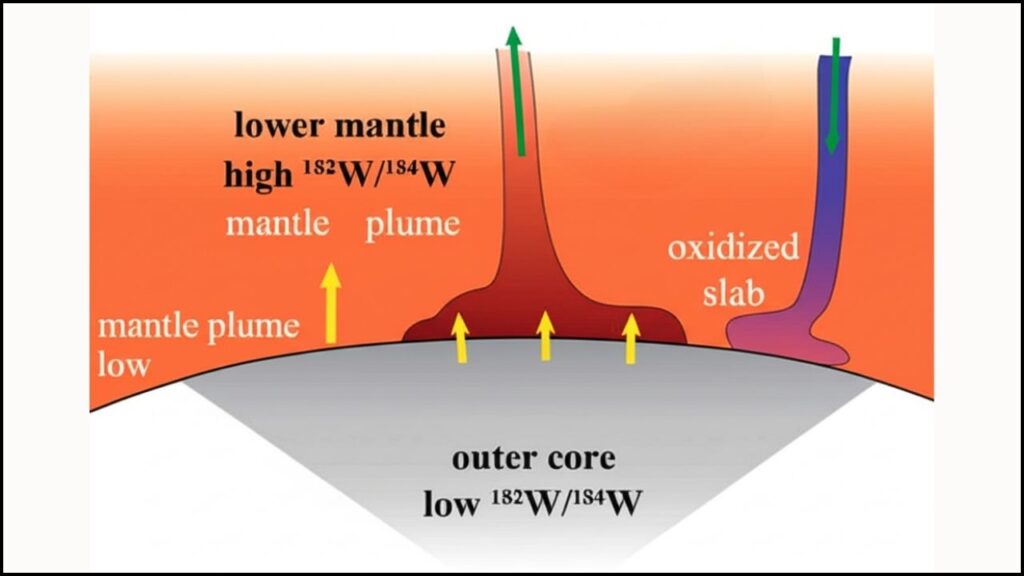
This breakthrough not only changes how scientists understand the origins of tungsten but also opens new possibilities for mining and resource management. Whether you’re a student, a curious reader, or a seasoned professional, this article will guide you through the latest findings, practical implications, and what it all means for the future of mineral exploration.
Table of Contents
New Evidence Shows Earth’s Mantle Plays a Key Role in Tungsten Formation
| Topic | Summary |
|---|---|
| Main Finding | Earth’s mantle contributes significantly to the formation of tungsten deposits, not just the crust. |
| Why It Matters | Challenges decades-old geological models and could reshape mineral exploration strategies. |
| Scientific Evidence | Isotopic studies show mantle-derived helium and argon in tungsten ores, even when granites appear crustal. |
| Tungsten Uses | Aerospace, defense, electronics, and high-tech industries. |
| Global Distribution | Tungsten is rare; major producers include China, Russia, and Canada. |
| Professional Impact | Geologists, mining companies, and resource planners may need to update exploration models. |
| Official Resource | U.S. Geological Survey Tungsten Statistics |
The discovery that Earth’s mantle plays a key role in tungsten formation is a game-changer for geology and mining. By looking deeper—both literally and figuratively—scientists are rewriting the story of how this essential metal forms. For professionals, students, and anyone interested in Earth’s hidden processes, this is a powerful reminder: our planet is more interconnected and dynamic than we ever imagined. The next big discovery might be waiting just beneath our feet.
What Is Tungsten and Why Is It So Important?
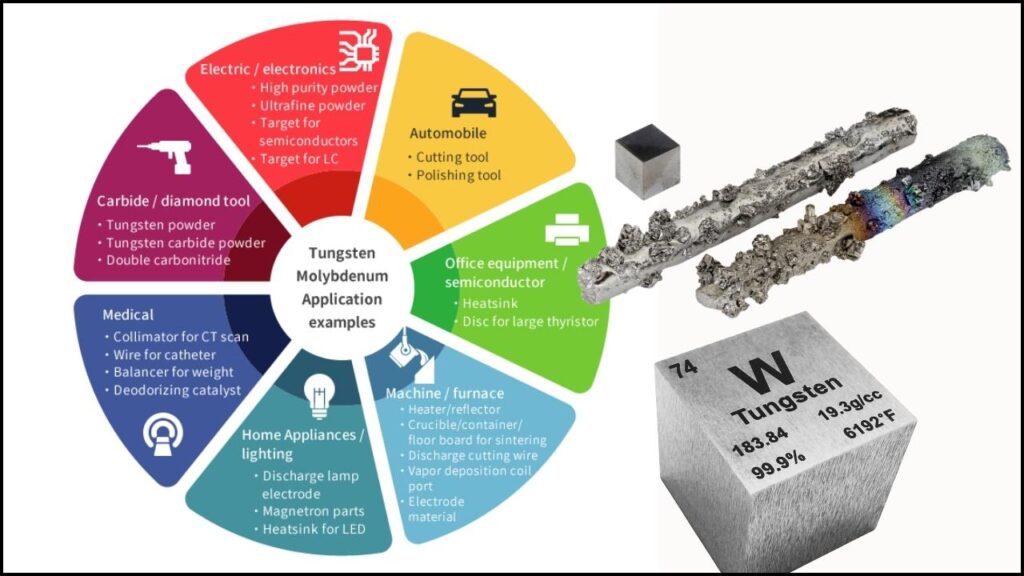
Tungsten (chemical symbol: W) is one of the hardest and most heat-resistant metals on Earth. It’s used in:
- Light bulb filaments
- Cutting tools
- Missile and aircraft parts
- Electronics
- Medical devices
Its unique properties—extreme hardness, high melting point, and resistance to corrosion—make it indispensable for high-tech industries and everyday products.
The Traditional View: Tungsten Comes from the Crust
For many years, scientists believed that tungsten formed in the Earth’s crust, especially in regions with special types of granite rocks. These rocks, rich in certain elements and formed from melted sedimentary materials, were thought to be the main source of tungsten. Most major tungsten mines are found in such geological settings, far from the boundaries where tectonic plates collide.
This idea made sense—until researchers discovered something that didn’t fit the pattern.
The Mystery: Strange Isotopes in Tungsten Ores
When scientists began analyzing gases trapped in tungsten ores, they found isotopes of helium and argon that didn’t match what you’d expect from crustal rocks. Instead, these isotopes pointed to a mantle origin—meaning the fluids that helped form the tungsten must have come, at least in part, from much deeper inside the planet.
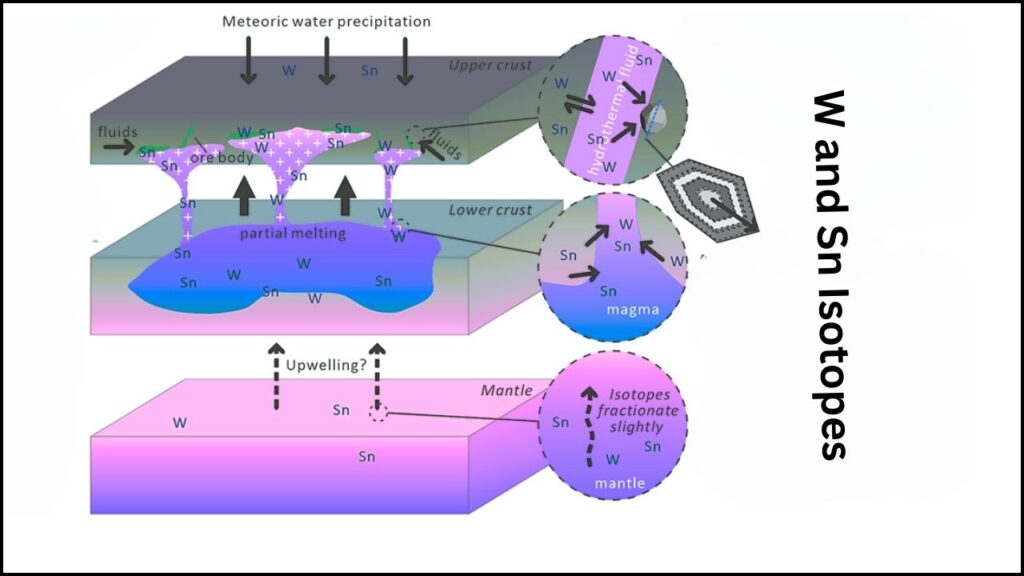
This “isotopic decoupling” was a puzzle. If the rocks looked crustal, why did the gases say “mantle”? For years, this question remained unanswered.
The Breakthrough: Mantle’s Active Role in Tungsten Formation
A recent study led by Prof. Yang Jiehua and colleagues, published in Communications Earth & Environment, has provided the missing piece of the puzzle. By carefully measuring isotopes in tungsten deposits from around the world, the team found that mantle-derived fluids are a key ingredient in tungsten formation. Even when the surrounding granite appears to have formed from the crust, the fluids that actually deposit the tungsten carry a chemical signature from the mantle.
How Does It Happen?
Picture the Earth as a layered cake:
- Crust: The thin, rocky outer layer where we live.
- Mantle: The thick, hot layer beneath the crust, making up most of Earth’s volume.
- Core: The dense, metallic center.
The new research suggests that fluids from the mantle rise up, mix with crustal rocks, and help concentrate tungsten into mineable deposits. This process can take millions of years, driven by the slow but powerful movement of Earth’s interior.
Global Data and Isotopic Evidence
- In South China, about 10% of the helium and argon in tungsten deposits comes from the mantle.
- In some regions, the mantle contribution can exceed 40%.
- These findings are based on extensive global isotope data, showing that the mantle’s role is not limited to one location but is a worldwide phenomenon.
Why Is This Discovery So Important?
1. Rethinking Mineral Exploration
If tungsten can form with help from the mantle, geologists may need to look for clues deeper than just surface rocks. Areas previously considered unlikely for tungsten could become new exploration targets.
2. Updating Geological Models
Mining companies and researchers use geological models to decide where to search for minerals. The old models focused on crustal processes. With this new understanding, these models may need to be updated to include mantle contributions.
3. Potential for New Discoveries
Recognizing the mantle’s role could lead to the discovery of hidden tungsten deposits in places no one thought to look before, potentially reshaping the global supply chain for this strategic metal.
The Science Explained: Isotopes as Nature’s Clues
Isotopes are versions of elements with different numbers of neutrons. By measuring isotopes of helium (He) and argon (Ar), scientists can trace where certain fluids and rocks came from.
- Mantle-derived helium has a different isotopic ratio than helium from the crust.
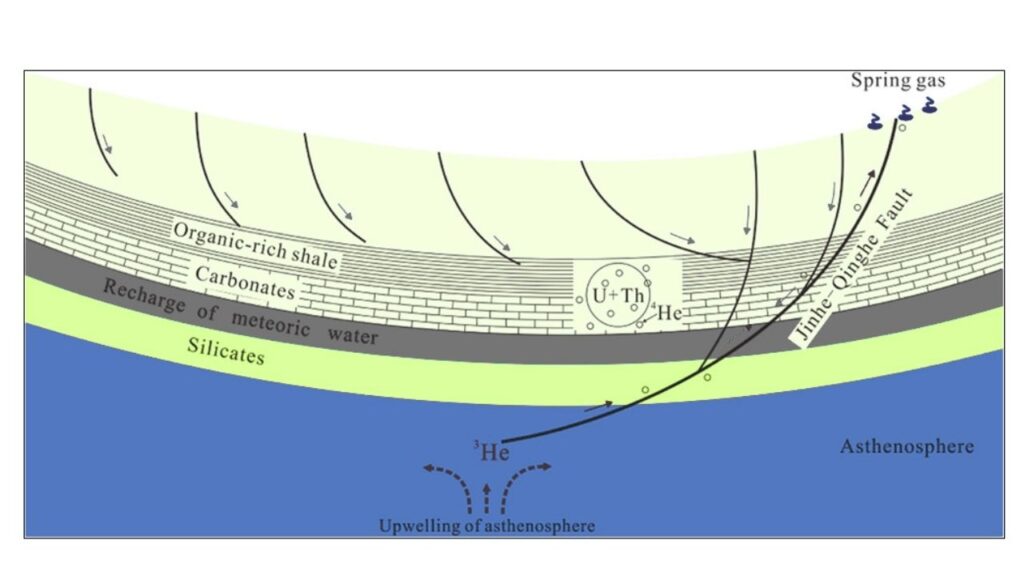
- When tungsten ores contain mantle-type helium and argon, it’s a strong sign that mantle fluids were involved in their formation.
This technique, called isotopic analysis, is like a fingerprinting tool for Earth’s processes. It allows scientists to see deep into the planet’s history and uncover secrets that rocks alone can’t reveal.
How Do Mantle Fluids Reach the Crust?
The mantle isn’t just a solid block—it can flow and move slowly over time. Mantle plumes (rising columns of hot rock) and tectonic activity can bring mantle material closer to the surface. As these materials rise, they release fluids that can move through cracks and faults, reacting with crustal rocks and depositing metals like tungsten.
The Role of Supercontinents and Mantle Plumes
Research also suggests that supercontinent cycles—when Earth’s continents come together and break apart—play a role in concentrating tungsten. During these cycles, mantle plumes can bring heat and material from deep inside the planet, enriching the crust with tungsten and other metals.
What Does This Mean for Professionals?
For Geologists
- Update Exploration Strategies: Don’t ignore mantle signals when searching for tungsten. Use isotopic analysis to identify promising areas.
- Consider Deep Earth Processes: Look beyond surface rocks and study the history of mantle activity in a region.
For Mining Companies
- Expand Target Areas: Consider regions with evidence of mantle upwelling or past volcanic activity.
- Invest in Research: Collaborate with universities and geological surveys to access the latest scientific tools and data.
For Students and Educators
- Teach Interconnected Earth Systems: Emphasize how the crust, mantle, and core all interact to shape our planet’s resources.
- Encourage Curiosity: Today’s discoveries show that science is always evolving—what we learn now can change how we see the world tomorrow.
The Global Picture: Tungsten’s Rarity and Economic Importance
Tungsten is a rare element in Earth’s crust, making up only about 1.25 parts per million. Its scarcity and unique properties have made it a strategic resource for many countries. China is by far the world’s largest producer, followed by Russia, Canada, and a handful of other nations.
Because of its importance in defense, electronics, and energy, understanding how and where tungsten forms is critical for economic security and technological advancement.
The Future: New Frontiers in Mineral Exploration
The discovery that the mantle plays a key role in tungsten formation could lead to a new era in mineral exploration. By combining traditional geological surveys with advanced isotopic analysis, scientists and mining companies can search for resources in places that were previously overlooked.
This approach could also be applied to other metals and minerals, helping to ensure a steady supply of the materials needed for the world’s growing technology sector.
Earth’s Core Just Got Even Weirder—New Data Reveals Hidden Layers of Mystery
Astronomers Uncover Strange Radiation Patterns That May Rewrite Cosmic Theories
Astronomers Identify New Kind of Cosmic Explosion Far Brighter Than Supernovae
FAQs About New Evidence Shows Earth’s Mantle Plays a Key Role in Tungsten Formation
What is tungsten used for?
Tungsten is used in light bulbs, electronics, aerospace, defense, and medical devices because it’s extremely hard and heat-resistant.
Why is the mantle’s role in tungsten formation important?
It changes how we search for tungsten. Instead of looking only at crustal rocks, geologists now consider deeper Earth processes, possibly leading to new discoveries.
How do scientists know the mantle is involved?
By measuring isotopes of helium and argon in tungsten ores, which match those found in the mantle, not the crust.
Where are the biggest tungsten producers?
China is the world’s largest producer, followed by Russia, Canada, and a few other countries.
Will this change where we mine tungsten?
It could! With new exploration models, previously overlooked areas might become important sources of tungsten.

